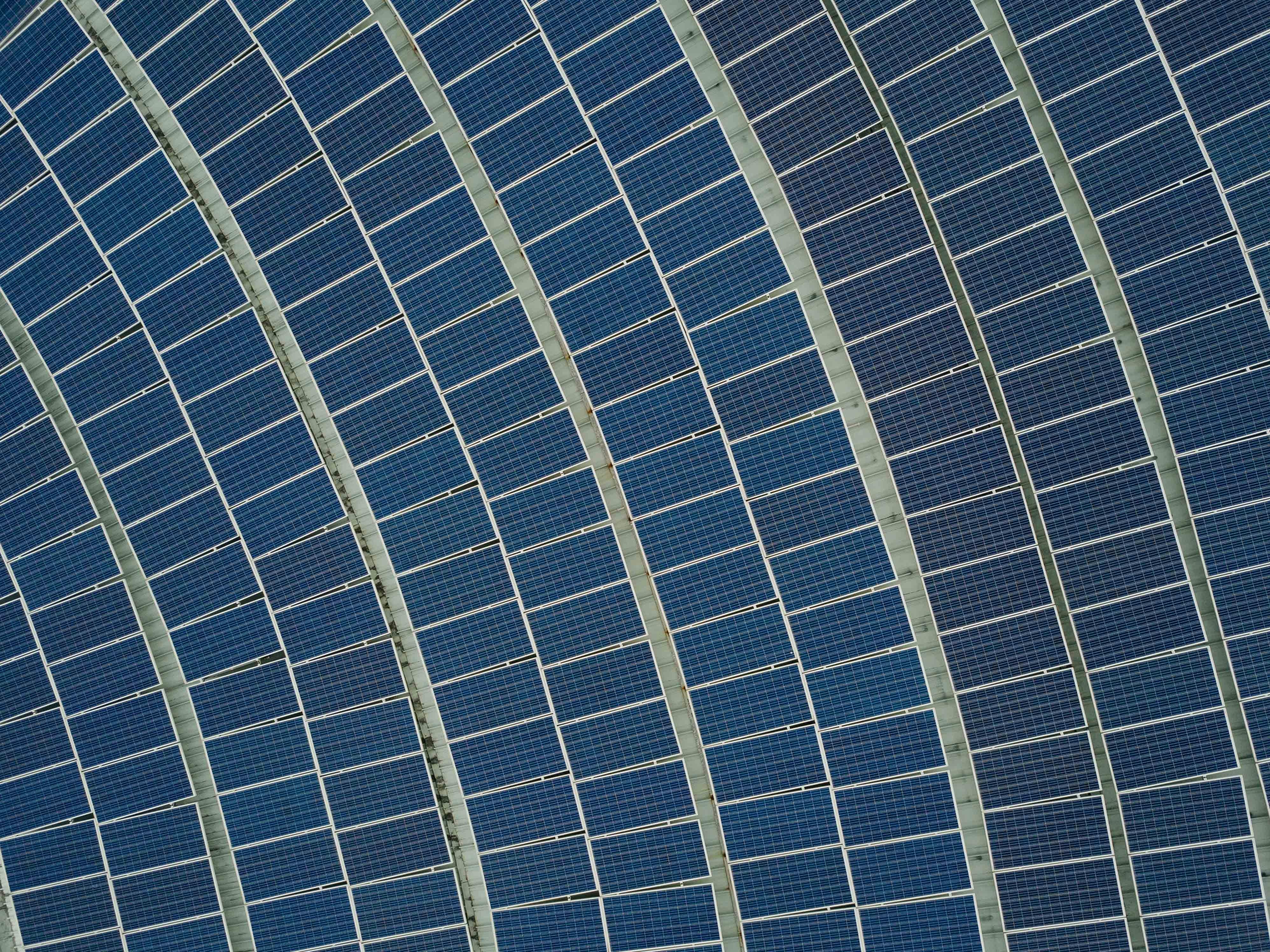In a world increasingly driven by technological innovation and environmental consciousness, the allure of smart home solar systems shines brighter than ever. These systems promise to transform our homes into self-sustaining powerhouses, harnessing the sun’s energy to fuel our daily lives. But as we stand on the brink of this solar revolution, a critical question emerges: Should the software that controls these smart systems be open-source, allowing consumers full access and control? This debate tugs at the intersection of consumer empowerment, technological transparency, and the evolving landscape of energy autonomy. As we delve into the intricacies of open-source versus proprietary systems, we explore the potential benefits and pitfalls of placing the reins of solar technology firmly in the hands of the user.
Empowering Homeowners with Open-Source Solar Technologies
As we stand on the brink of a renewable energy revolution, the conversation around smart home solar systems and their open-source potential becomes increasingly relevant. Open-source solar technologies offer a unique opportunity for homeowners to take control of their energy systems, leading to increased customization and adaptability. By allowing users to access, modify, and improve the software that controls their solar installations, homeowners can tailor their systems to their specific needs and preferences, fostering a deeper connection to their energy consumption and generation. This open-access approach can stimulate innovation and collaboration, encouraging a community-driven effort to enhance solar technology’s effectiveness and efficiency.
- Transparency: Open-source systems provide complete visibility into how energy is managed, offering peace of mind and trust in the technology.
- Customization: Users can tweak their systems to optimize performance based on individual household energy patterns.
- Community Support: A global network of developers and users can contribute to ongoing improvements and troubleshooting.
- Cost Efficiency: Open-source solutions can reduce costs associated with proprietary software and hardware upgrades.
However, the transition to open-source solar systems isn’t without challenges. Issues such as security vulnerabilities, the need for technical expertise, and potential compatibility concerns with existing infrastructures require careful consideration. Nevertheless, as the technology evolves, the potential for open-source solar systems to empower homeowners and drive sustainable energy practices remains a compelling prospect.

Navigating the Challenges of Open-Source Solar Systems
Embracing open-source solar systems in smart homes introduces a myriad of challenges, especially for consumers keen on exercising greater control over their energy solutions. Security concerns stand at the forefront, as open-source platforms are more susceptible to vulnerabilities if not managed diligently. This openness necessitates that consumers stay updated with security patches and best practices, which can be daunting for the less tech-savvy. Additionally, the integration of open-source systems with existing home automation technologies may require a steep learning curve and technical expertise to ensure seamless operation.
- Interoperability Issues: Ensuring that various open-source components work harmoniously can be complex, often requiring customization and coding skills.
- Support and Maintenance: Unlike proprietary systems backed by dedicated support teams, open-source solutions may rely on community forums for troubleshooting, which can lead to inconsistent support experiences.
- Regulatory Compliance: Navigating the legal landscape of energy management and data privacy can be intricate, demanding consumers to be well-versed in regional regulations.
Despite these challenges, the potential for innovation and customization remains a compelling advantage, inviting consumers to weigh the benefits against the hurdles in pursuit of an energy-independent future.

The Role of Open-Source in Enhancing Solar System Security
Open-source software is reshaping how we approach security in smart home solar systems, offering transparency and collaborative innovation. By allowing consumers and developers alike to scrutinize and improve code, open-source solutions foster a community-driven approach to cybersecurity. This collective effort helps identify vulnerabilities faster, enhancing the overall security of solar energy systems integrated into smart homes. Additionally, open-source platforms provide consumers with greater control over their energy management systems, allowing for customized configurations that meet specific security and efficiency needs.
- Transparency: Users can review the code to understand how their systems function.
- Collaboration: A global community of developers can contribute to and enhance system security.
- Customization: Consumers have the flexibility to tailor their systems to better suit their security and operational preferences.
- Rapid Innovation: Open-source platforms encourage quick adaptation to emerging security threats.

Recommendations for Consumer-Centric Open-Source Solar Solutions
To empower consumers in the realm of solar technology, it’s crucial to advocate for open-source solutions that prioritize user control and flexibility. An open-source approach enables homeowners to tailor their solar systems according to their specific needs and preferences. By allowing access to the system’s code and design, users can integrate third-party applications, customize energy management, and even contribute to the ongoing development of solar technology. This not only enhances the user experience but also fosters a community of innovation and collaboration.
- Interoperability: Ensure compatibility with a wide range of smart home devices and platforms.
- Security: Implement robust security measures to protect user data and system integrity.
- User-Friendly Interfaces: Design intuitive dashboards and controls for seamless operation.
- Community Support: Build a strong community for knowledge sharing and technical assistance.
- Scalability: Develop systems that can grow and adapt to increasing energy demands.
Insights and Conclusions
As we stand at the crossroads of innovation and autonomy, the debate over whether smart home solar systems should embrace open-source technology continues to unfold. This discussion challenges us to reimagine the boundaries of energy independence and consumer empowerment. On one hand, open-source systems promise a realm where users can tailor their energy solutions to fit their unique needs, fostering a community of collaboration and shared knowledge. On the other, the path is fraught with challenges, from security concerns to the complexities of ensuring widespread accessibility and reliability.
In this ever-evolving landscape, the decision to open the gates of technology hinges on our collective vision for the future. Whether driven by the pursuit of customization or the assurance of stability, the choices we make today will shape the energy ecosystems of tomorrow. As consumers, developers, and policymakers navigate these uncharted waters, the ultimate question remains: will we embrace an open-source ethos to redefine our relationship with energy, or will we tread carefully, prioritizing the safeguards of a more controlled environment? The answer, perhaps, lies in striking a delicate balance between innovation and security, crafting a future where the power truly lies in the hands of the people.

































